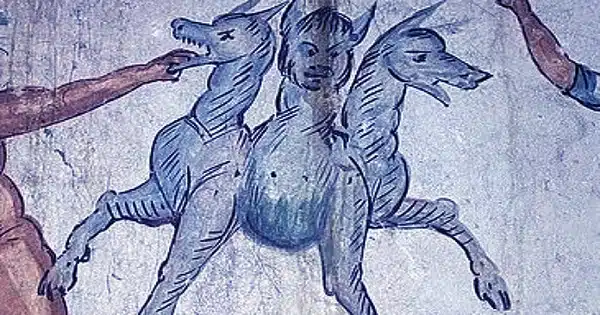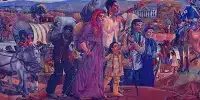Some people from an ancient settlement in what is now northern Italy were buried alongside animals and animal parts from species such as dogs, horses, and pigs. According to a study published in PLOS ONE by Zita Laffranchi from the University of Bern, Stefania Zingale from the Institute for Mummy Studies, Eurac Research Bozen, Umberto Tecchiati from the University of Milan, and colleagues, the reasons are unknown, but they could point to an enduring companion relationship between these humans and animals, or religious sacrificial practices.
Of the 161 persons buried at Seminario Vescovile, an archaeological site in Verona dating from the third to first centuries BCE, 16 were buried with animal remains. Some of the burials contained the remnants of animals commonly consumed by humans, such as many pigs, a chicken, and a portion of a cow, which could have been food gifts to the deceased. However, four of the people buried on the site were interred with the carcasses of dogs and/or horses, which are not usually consumed.

To explore for patterns that could explain these animal graves, the researchers examined the demographics, diets, genetics, and burial conditions of the interred humans and animals, but found no significant associations. For instance, the persons interred with animals do not appear to be related to one another, implying that this was a familial ritual.
The people buried with dogs or horses were equally diverse, with a baby buried with a complete dog skeleton, a young guy buried with horse parts, a middle-aged man buried with a little dog, and a middle-aged woman buried with an entire horse, several horse pieces, and a dog skull.
According to the authors, the lack of patterns in these tombs allows for different interpretations of these human-animal co-burials. In ancient cultures, animals such as dogs and horses were frequently associated with religion; nevertheless, specific persons may have also been buried alongside their animal companions.
Furthermore, the authors emphasize that these human-animal burial practices may have been influenced by the interaction of many individual qualities and cultural customs.
According to the authors, “This study, which is part of the CELTUDALPS research project (co-financed by the Swiss National Science Foundation and the Province of South Tyrol, and coordinated by Marco Milella of the University of Bern and Albert Zink of the Institute for Mummy Studies, Eurac Research), explores burials of horses and dogs with humans, and may hint at unknown rituals and beliefs during the late centuries BCE in Italy.”















